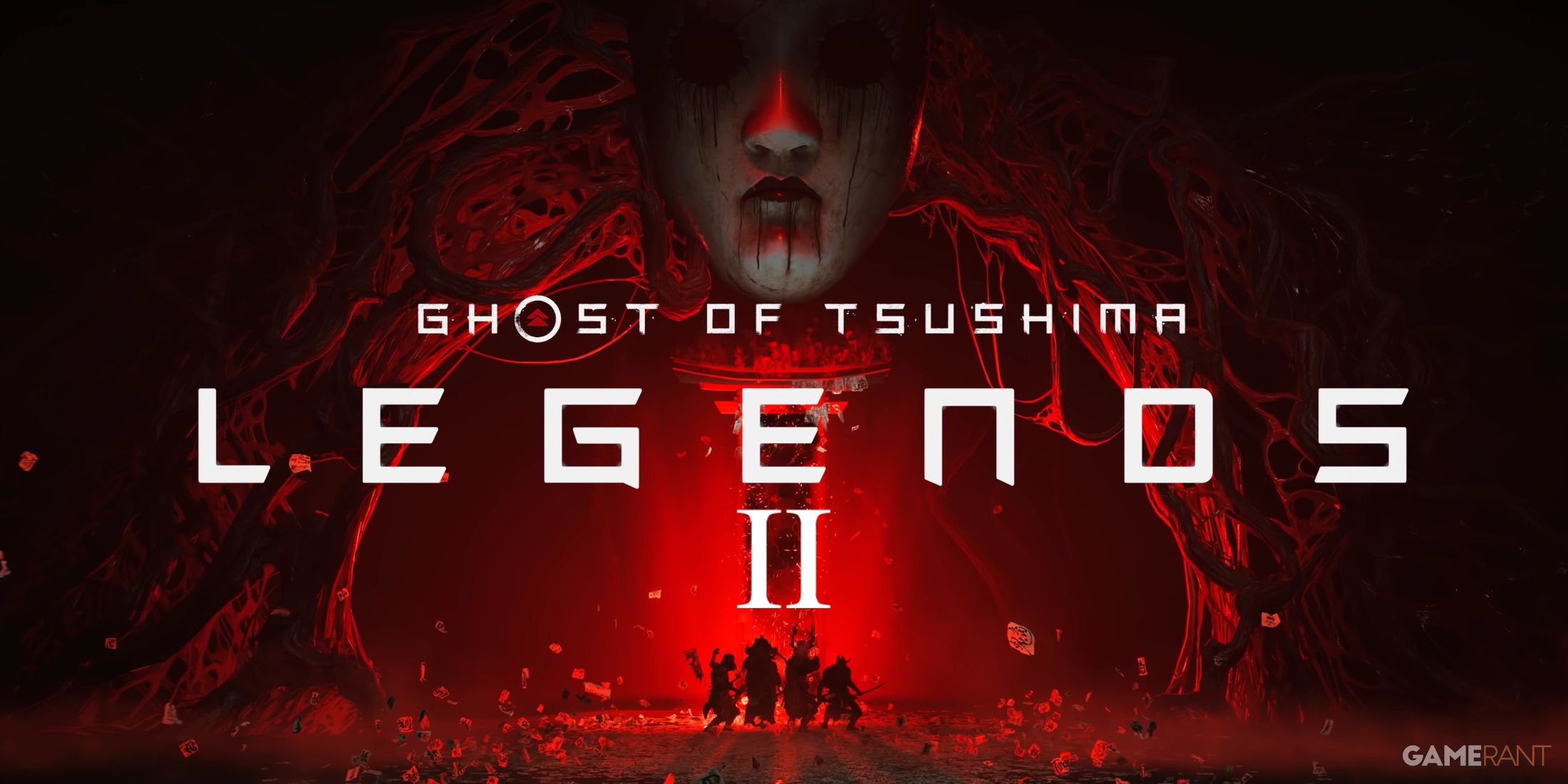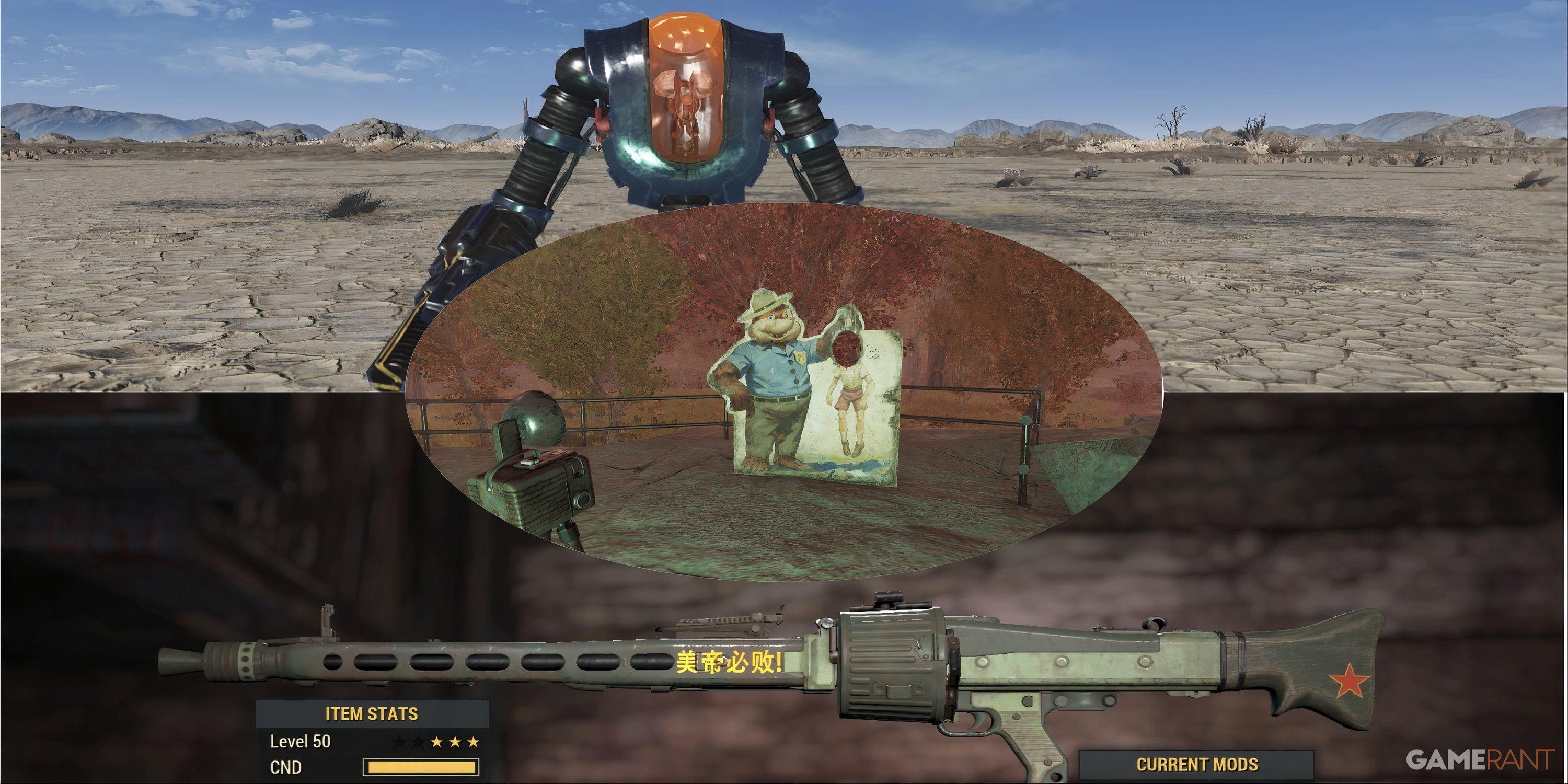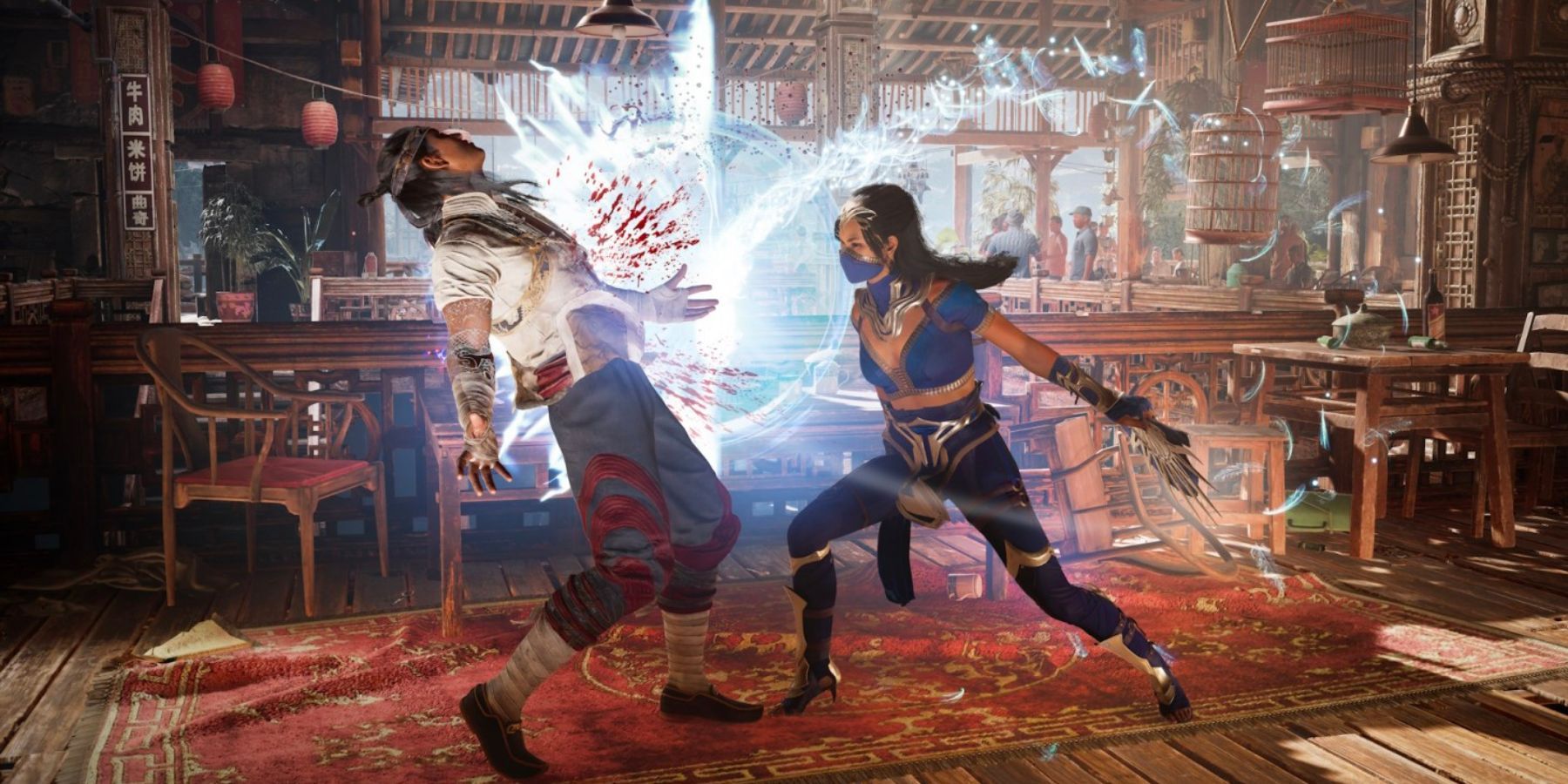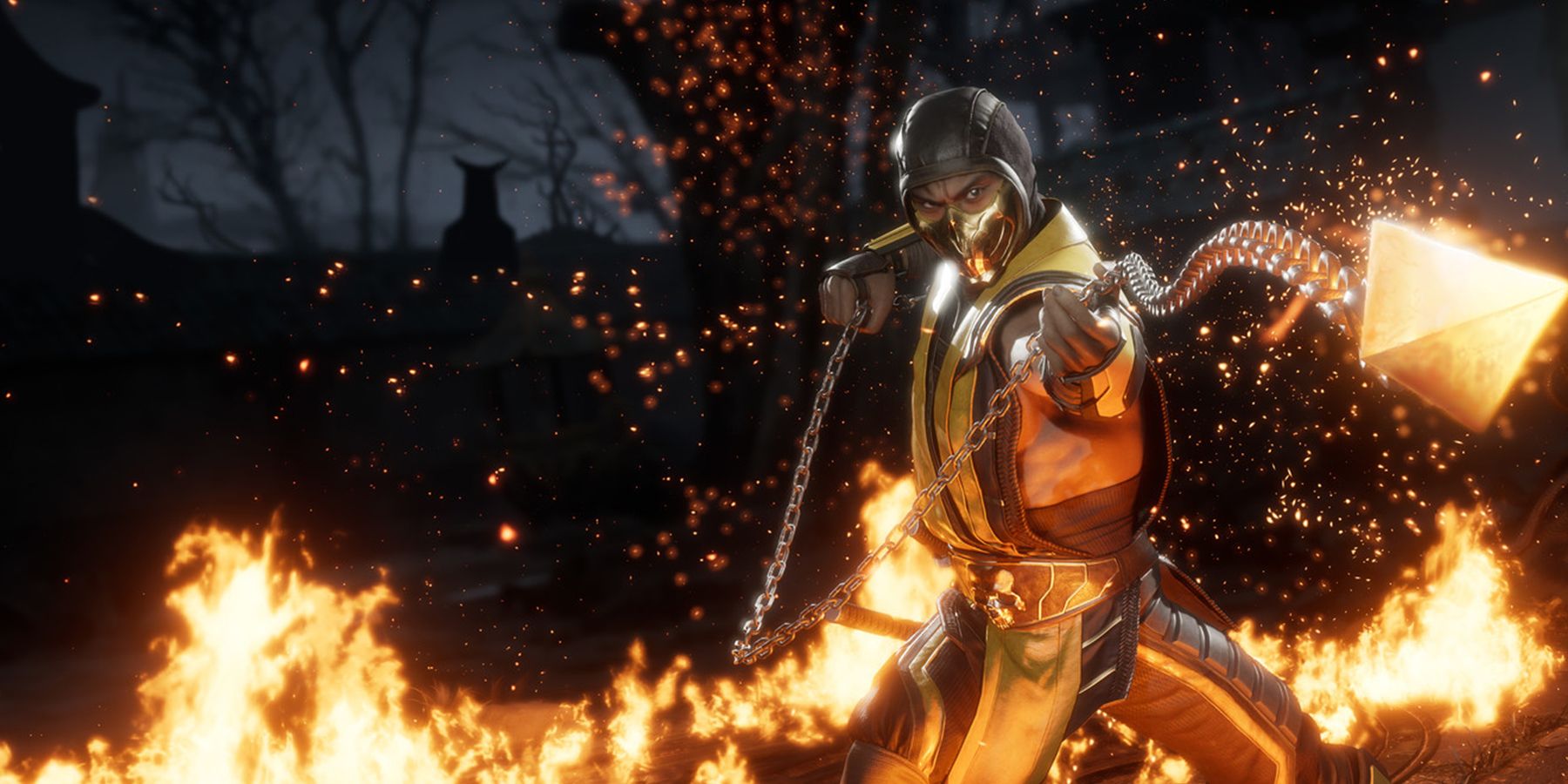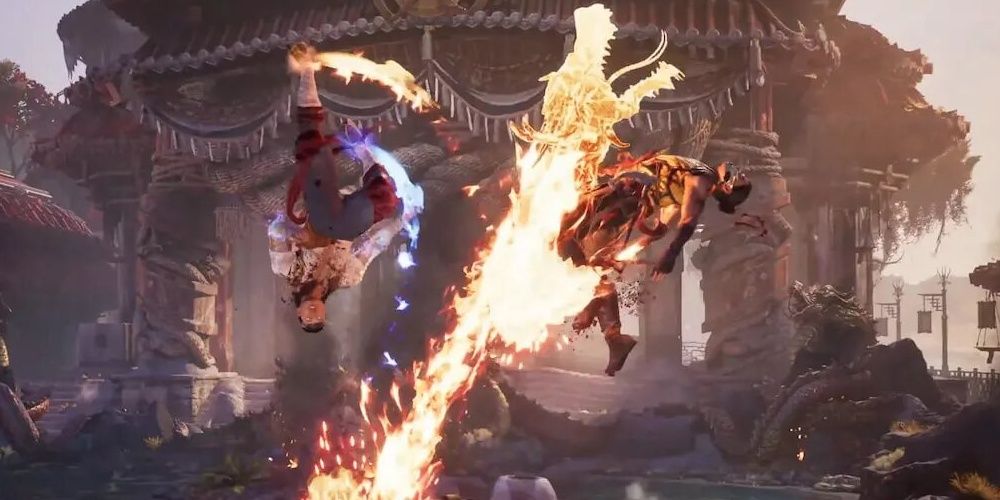After a period of experimentation, sometimes the best thing a video game franchise can do is go back to basics. In the case of Mortal Kombat 1, developer NetherRealm Studios appears to be simplifying things both in terms of narrative and gameplay. Not only is the next entry in the gory franchise introducing a new era of storytelling separate from the convoluted Mortal Kombat 11, but Mortal Kombat 1's core mechanics seem more in line with 2011's Mortal Kombat reboot and Mortal Kombat X. It's both a step forward, and a return to more familiar territory, and it has many fans counting down the days until release.
One aspect of Mortal Kombat that has been a hit since its reboot over 10 years ago is the franchise's X-Ray moves. These devastating attacks were introduced in 2011's Mortal Kombat, often referred to as MK9, and offer a high-risk high-reward option for players looking for an advantage in a fight. In true MK fashion, they're also spectacularly violent, providing a literal x-ray of the damage being done to the player's character on the receiving end. Mortal Kombat 1 brings these moves back once again, iterating on Mortal Kombat 11's approach to provide something both new and familiar.
How Mortal Kombat 11 Shook Up X-Ray Moves
To fully understand Mortal Kombat 1's approach to X-Ray moves, it's important to first understand how Mortal Kombat 11 implemented them. Instead of repeating the same format as MK9 and MKX, MK11 dissected X-Ray moves to create two distinct gameplay mechanics. Instead of having players build up a meter in order to use X-Ray moves, they instead had to wait until they had about a quarter of their health left to use what MK11 called a Fatal Blow. These Fatal Blows functioned almost identically to X-Ray moves, except they didn't show any internal damage throughout the entire sequence.
For players to see exactly how their attacks were affecting the skeletal systems of their opponents, they had to execute a Krushing Blow. These were special moves triggered under special circumstances, usually after a combo or special attack, and each type of Krushing Blow had its own perks. By switching up X-Ray moves in this way, players were able to commit more of their Super Meter to offensive and defensive abilities, adding more strategy to each match. So although MK11 didn't explicitly have X-Ray moves, it maintained the essence of them while trying to implement exciting new gameplay opportunities.
Mortal Kombat 1's X-Ray Moves Combine The Best Of MK9, MKX, MK11
In Mortal Kombat 1, NetherRealm seems to have taken all the best parts of X-Ray moves over the years and merged them together. They are still classified as Fatal Blows and operate the same as MK11, with players only able to use them on the brink of defeat. However, they showcase the internal damage being done once again, slowing down the action so that players can really soak in all the gory details. It acts as a sort of compromise between the original X-Ray moves and MK11's Fatal Blows, while still allowing players the utility of their Super Meter for combo breakers, enhanced special moves, and more.
While Mortal Kombat 1's X-Ray moves may not function the same as the widely beloved X-Ray moves in some previous entries, they strike a fine balance between the new and the old. There's also added variety in the fact that MK1's Kameo fighters can participate in X-Ray moves, giving players a chance to experiment and see what thrilling combinations they can come up with. It's not a major deviation from what Mortal Kombat fans are used to, but it's different enough to inject life into what has become a staple of the franchise.
Mortal Kombat 1 releases September 19 for PC, PS5, Switch, and Xbox Series X/S.

